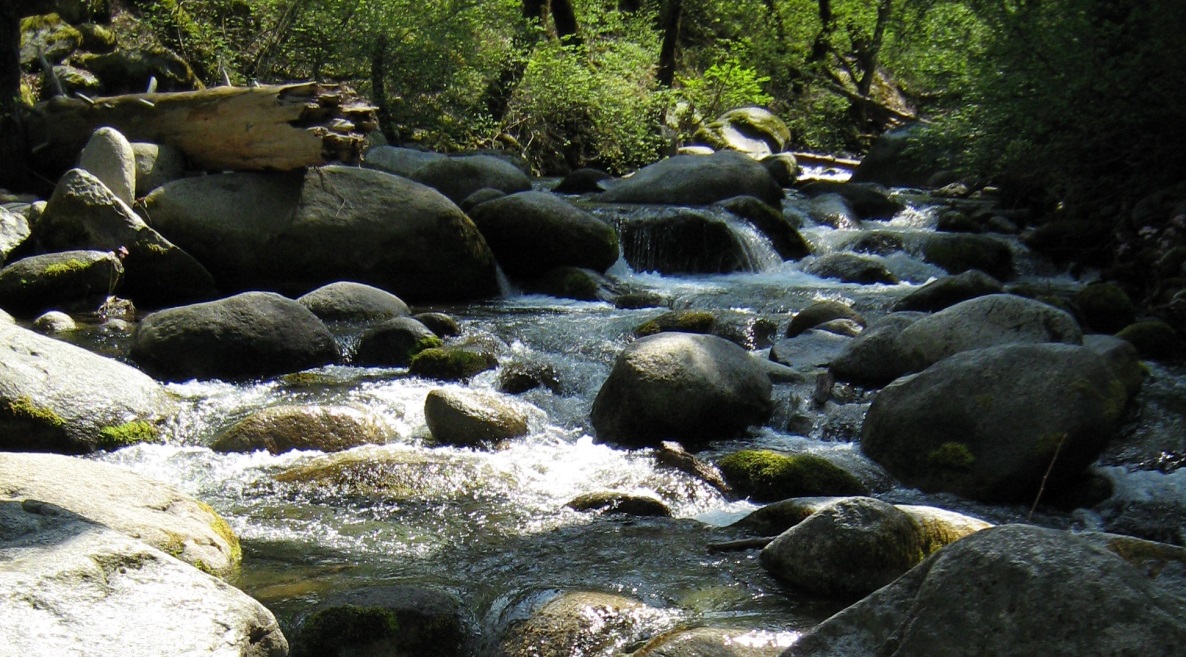 From the State Water Resources Control Board, issued Friday evening:
From the State Water Resources Control Board, issued Friday evening:
With record low flows in the Scott and Shasta Rivers threatening the survival of multiple fish species, the State Water Resources Control Board today ordered right holders to stop diverting water to ensure supplies for human health and livestock needs and to protect fish.
Today’s orders follow the emergency regulation adopted by the State Water Board on August 17, in response to acute water shortages, which took effect August 30. The curtailment orders today were sent to approximately 2,380 water right holders in the Scott and Shasta River watersheds.
Temporarily halting diversions will leave more water instream to meet minimum human health and safety and livestock needs and improve habitat and migratory conditions for imperiled coho salmon. It also will protect steelhead trout, a federal Fish Species of Concern, and fall-run Chinook salmon that provide a valuable resource for commercial, tribal and recreation fisheries. Both watersheds are experiencing one of their driest years on record.
The rivers are tributaries to the Klamath River and supply water for municipalities, tribal nations, agriculture, domestic users, the environment, fire protection and recreation.
“Threatened fish species, tribes, farmers, ranchers and towns in these watersheds all continue to be impacted by severe drought,” said Erik Ekdahl, deputy director for the Division of Water Rights. “These curtailments are unfortunate but necessary measures to protect resources during this critical time.”
The board will issue additional curtailment orders to both surface and groundwater diverters in the coming days, directing recipients to cease any diversions that may be occurring on their property, except for limited ongoing diversions needed to provide water for basic human health and safety or livestock needs. Those who intend to continue diversions for such needs must submit an online certification form to the board.
The emergency regulation permits the curtailment of both groundwater and surface water diversions because of the strong interdependence of water sources in the Scott and Shasta Rivers — groundwater diversions in these watersheds can impact surface flows. When all curtailments have been issued, the board will have ordered approximately 2,300 water rights holders and landowners in the Scott River, and 80 in the Shasta River, to stop taking water immediately. Both watersheds are experiencing one of their driest years on record.
Recipients of the orders must respond to the letters within 10-14 days using the online certification portal and provide specific information regarding the amount of their diversions and whether they intend to comply or seek an exemption. The board will also take into consideration the impact of fire emergencies in the affected areas with respect to these reporting requirements. Additional information on curtailments, water use methodology tools and related topics is available on the board’s Drought Information & Updates webpage.
Today’s action is the latest in a series of moves undertaken statewide in response to severe drought conditions that may persist into a third year.
On May 10, Governor Gavin Newsom expanded an earlier drought proclamation to cover the Klamath River watershed, which includes the Scott and Shasta Rivers. The proclamation directs the State Water Board and California Department of Fish and Wildlife (CDFW) to consider minimum instream flows and other actions to protect salmon, steelhead, and other native fish and work with water users and other parties on voluntary measures to implement those actions. To the extent voluntary actions are insufficient, the proclamation instructs the board, in coordination with CDFW, to pursue emergency measures such as curtailments.
On June 15, the board received a letter from CDFW that emphasized the critical importance of providing flows for coho and Chinook salmon during the drought and recommended emergency minimums for the Scott and Shasta Rivers for the next 12 months.
In response, staff released an informal draft emergency regulation July 16, presented an overview of the draft at a July 20 meeting, and solicited comments through July 23. After receiving more than 100 comment letters, staff revised the proposed regulation to include increased flexibility for voluntary approaches to local solutions, the ability of the CDFW and the National Marine Fisheries Service to update minimum flows if lower flows will protect fisheries, and an exception for water use associated with reforestation efforts.
The State Water Board’s mission is to preserve, enhance and restore the quality of California’s water resources and drinking water for the protection of the environment, public health and all beneficial uses, and to ensure proper resource allocation and efficient use for the benefit of present and future generations.
SEE ALSO:
- NOTICE: Consideration of a Drought-Related Emergency Regulation for Curtailment of Diversions in Mill Creek and Deer Creek Watersheds
- NOTICE: Update on Curtailment Status of Water Rights and Claims in the Delta Watershed



